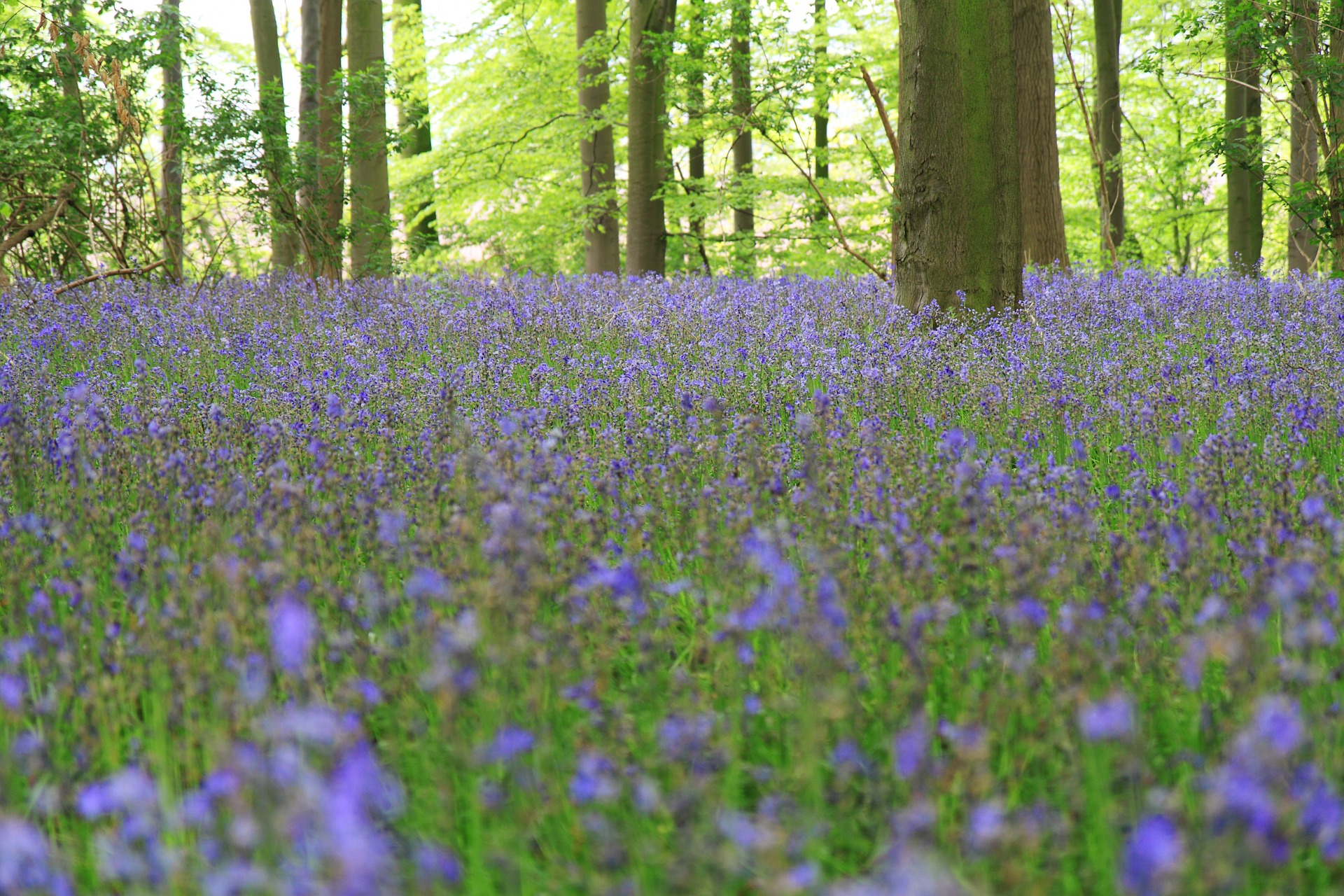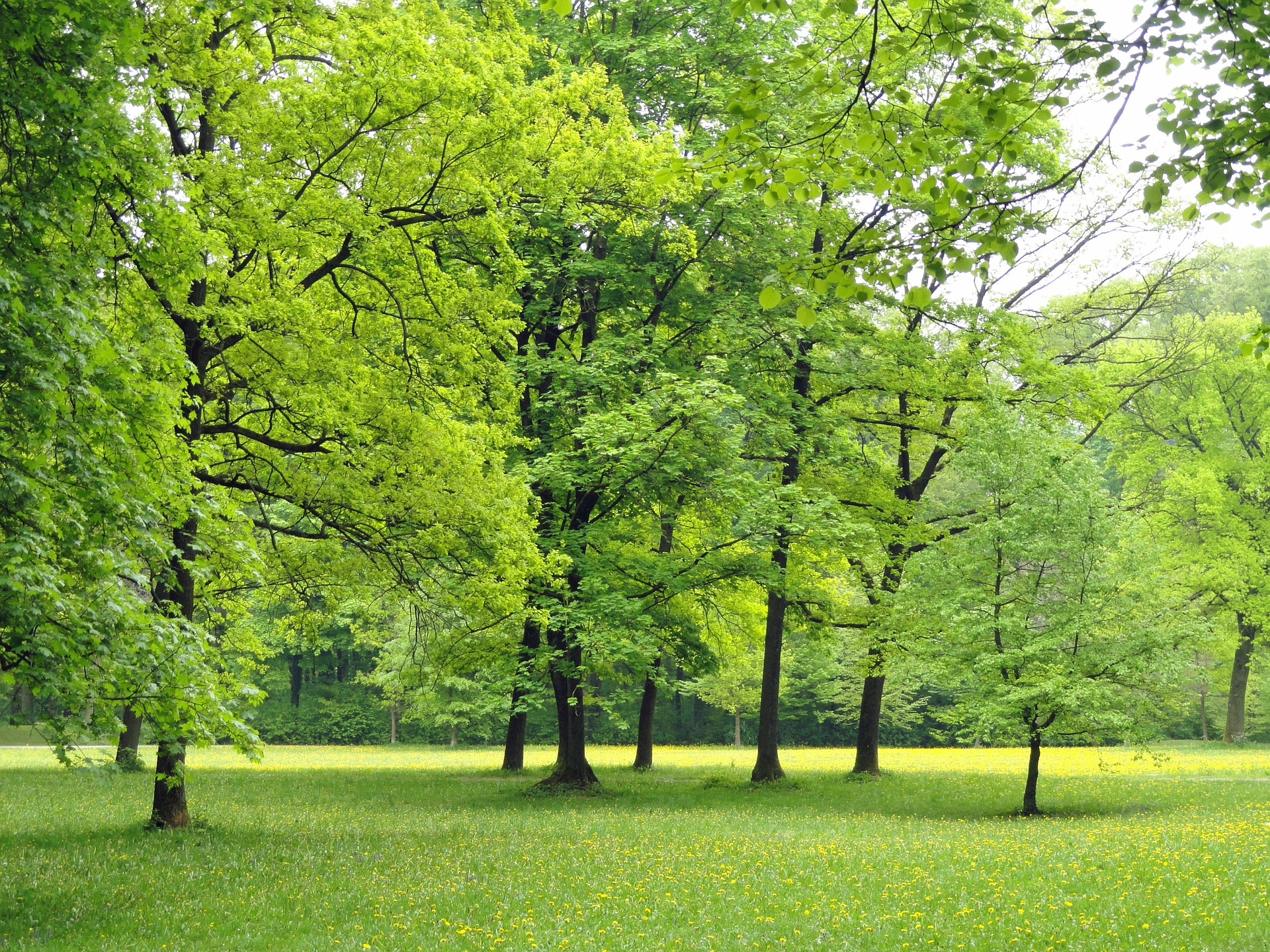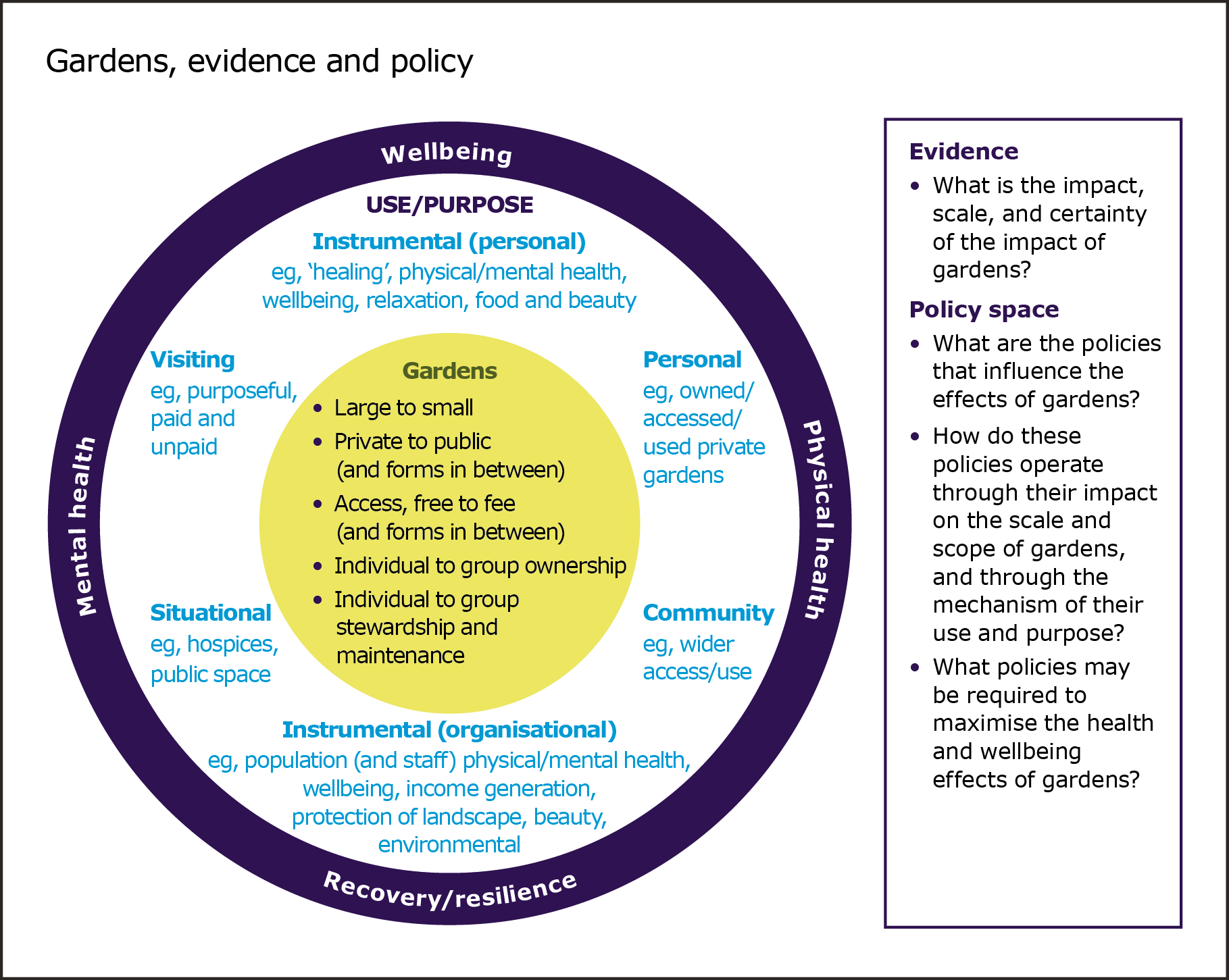NIHR | November 2021 | What are the health and health inequality impacts of being outdoors for children and young people?
The National Institute for Health Research (NIHR) has announced funding is available for research addressing the question: what are the health and health inequality impacts of being outdoors for children and young people?
The Public Health Research Programme (PHR) is accepting Stage 1 applications to their commissioned workstream for this topic.
Full information including timescales, and webinars to support applications are available from NIHR
Proposals received by 1pm on 5 April 2022, and deemed within remit, will be assessed for their importance to public health by the Prioritisation Committee (PC) in May 2022.
Full details from NIHR




